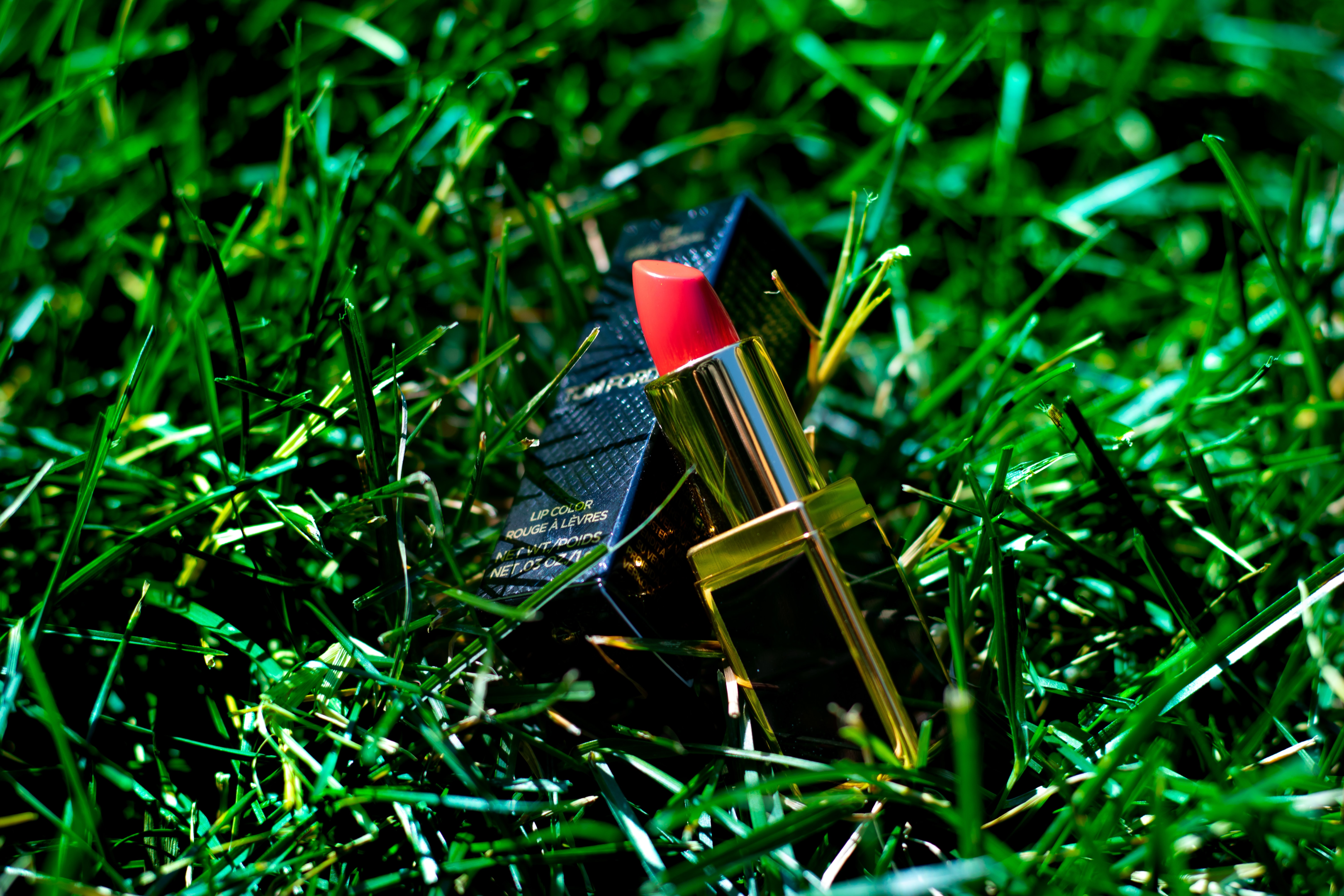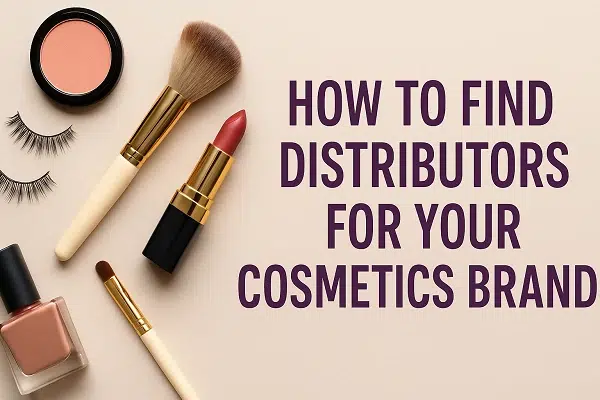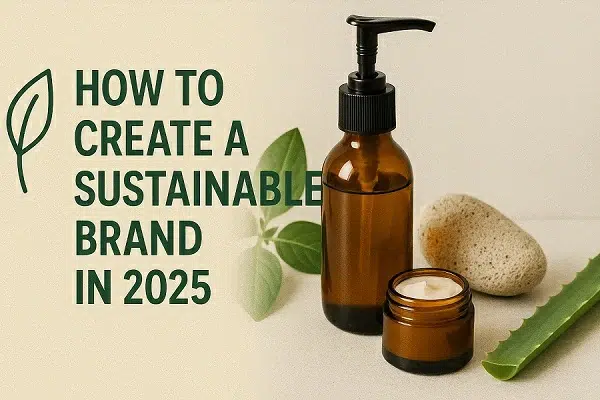Lipstick makes ladies feel confident, smarter, and attractive. It also improves their academic performance according to studies at Havard University. Becase of this, ladies all over the world use it as everyday wear.
Table of Contents

As a business owner, you must use safe ingredients to produce makeup products. This ensures that your customers are happy and continue making repeat orders. High-quality lipstick products are usually easy to apply and are made with ingredients that are friendly to your skin.
Here is a brief of what you will learn as a cosmetics business owner.
- Various lipstick ingredients
- Benefits of natural lipsticks
- Safe and unsafe lipstick ingredients
- Types of color additives
Popular Lipstick Ingredients
There are several ingredients used to make lipstick some of which are natural while others are synthetic. Here is a list of common ingredients used when making lipstick.
Oils, and Other Emollients
Oils are an integral part of the raw ingredients used in making lipstick. They moisturize and make lips soft as well as alter their intensity. Below are the oil ingredients used to make lipstick.
- Cocoa butter
- Petrolatum
- Lanolin oil and wax base
- Castor oil
- Jojoba
- mineral oil
- polybutene
- Shea butter
- Vegetable oil
Lipstick emollients affect the color, shine, and spread of lipstick. They are viscous and are higher in molecular weight meaning that they don’t spread quickly.
Thickeners
These are ingredients added to improve the stability and performance of lipstick products. Most lipstick thickeners act as moisturizers and others as emulsifiers. Thickeners can either be natural or synthetic or both.
Among the thickeners used in the lipstick manufacturing process include:
- Natural lipstick thickeners
- Lipid thickeners
- Synthetic
- Ionic
- Mineral thickeners
Natural thickeners include gums, cellulose, starch, and their derivatives. Lipid thickeners can include the following:
- Waxes: Manufacturers use both natural and synthetic waxes. Natural waxes include carnauba wax, beeswax, candelilla wax, and microcrystalline wax. Synthetic waxes add more viscosity and raise the lipstick’s melting point and can include polymers and silicone waxes.
- Consistency agents: These ingredients provide the needed consistency and stability in lipstick products. They include hydrogenated oils like peanut oil, castor oils, tallow, and palm glycerides.
- Emulsifiers: These help to stabilize lipstick and improve the feel on the lips. They include stearyl alcohol, cetyl alcohol, myristyl alcohol, and cetearyl alcohol.
Common synthetic thickeners include carbomer which provides a nice feel and is considered better than other thickening agents.
Mineral thickeners come from mined ingredients that absorb oils and water to improve viscosity. Among them include bentonite, zinc stearate, silica, and aluminum stearate.
Texturizers
Texturizers are commonly used in producing matte lipsticks which are less shiny and have an opaque look. Texturizers include powders from crystals or minerals and ground starches. They also aid in stabilizing and thickening lipstick formulas. Common examples include kaolin, silica, mica, talc, and plant starches.
Color Additives
These are the ingredients that give pigment to lipstick products. Iron oxide is a common colorant used in lipstick and comes in black, red, and yellow shades. Titanium dioxide is a colorant used in lipsticks for the provision of a whiter shade and improves opacity. Both iron oxide and titanium dioxide are completely safe to use with no side effects and have better color pigments than natural ones.
Fragrance and Flavor
Most lipsticks are made from ingredients with unsavory taste and smell. A manufacturer will want to add fragrance to the formula to remove the bad smell. The fragrance used can also be a signature scent to your lipstick products to improve their marketability.
Preservatives and Antioxidants
Lipstick products are a breeding ground for mold, bacteria, and fungi. While invisible to the eye, they cause discomfort to your customer’s lips and bring health problems. Preservatives allow your customers to purchase long-lasting lipstick. Most lipsticks have natural preservatives such as castor oil. Antioxidants help the oil in lipstick products from going rancid fast. Vitamin E is another antioxidant and helps lips feel plumper and fuller.
Unsafe Lipstick Ingredients To Avoid
Anyone wearing lipstick needs to be conscious of the ingredients used to make it. Many lipstick brands produce lip products with components that are not safe like tallow, rendered animal fats.
The Environmental Working Group has a rich database of permitted and unpermitted ingredients that you can use for your brand. Also, keep checking Environmental Health Perspectives concerning cosmetics. This to ensure you stay informed and avoid legal problems.
Below are other harmful ingredients that you should avoid using.
Antioxidants and Preservatives
Preservatives and antioxidants prevent lip products from contamination, but how safe are they for the consumer? Butylated hydroxytoluene (BHT) and Butylated hydroxyanisole (BHA) are an example of common but harmful antioxidants used in making lipstick products. Ohter unsafe preservatives include parabens and formaldehyde which cause skin irritation among other ailments.
Inorganic or Conventional Castor Seed Oil
Unfortunately, this ingredient is widely used by many lipstick manufacturers despite its dangers. The oil is contaminated with residues from agricultural production and extraction processes when producing castor oil.
Flavor and Fragrance
There are both safe and harmful lipstick fragrances. Unsafe flavors and fragrances in lipsticks are usually made from a mix of toxic chemicals. These harmful fragrances are a major cause of eczema, a disease that affects the skin.
Lead and Other Heavy Metals
As a principle, stay away from cosmetic products containing lead and other heavy metals. Lead content in cosmetics must be checked before contracting a manufacturer of lipsticks and lip balms. Other heavy metals to look out for include carcinogens like cadmium which cause health issues in people with delicate skin.
Lip Pigment or color additives
This is a vital lipstick ingredient as it is the first thing ladies look for when buying cosmetics. A lipstick shade brings out certain traits in women like playfulness, sexiness, business orientation, and more. Whether using a matte lipstick, natural lipstick, lip balm, or lip liners, you want a good lip color.
Lip color additives come from various sources including plants, earth, and synthetics.
Many people are attracted to pigments extracted from fruits as they are considered better than heavy metals and synthetic colorants. The fruit-derived pigments include apricots, peaches, cherries, blueberries, and more.
Ingredients derived from earth minerals include mica, zinc oxide, iron oxides, and titanium dioxide. They are FDA-approved and therefore safe makeup ingredients.
Why You Should Use Quality and Safe Lipstick Ingredients
Any cosmetics business understands that using safe ingredients has lots of benefits both to the company and the consumer. As discussed heavy metals and synthetic components are dangerous because they cause health problems. You wouldn’t want to find yourself in trouble with law agencies or lose your customers’ trust which has taken years to build.
Other reasons for using safe ingredients in cosmetics include the following.
- Enhanced consistency and texture in your cosmetics
- Sustainability
- Convenience and affordability
- Good products hydrate, protect, and enhance your customers’ lips and skin.
Types of Lipstick Products
The use of lipstick dates back more than 5,000 years ago in the Indus Valley and Sumeria. Fast forward, an organic chemist living in New York, Hazel Bishop created the first long-lasting lipstick. Queen Elizabeth I, wore red lipstick on her stark white face which later became a 16th-century trend.
There are several lipstick products in the market including natural lipsticks, matte lipstick base, and lip balm. These products are packaged in attractive packaging which is a stark improvement as it was packed in silk paper in the 19th century.
Lipstick is made with a longer staying power and vibrancy and is made from quality and cruel free raw materials. It has natural ingredients that are safe and can easily be removed from a stained garment.
Makeup products come from various ingredients including mineral oil, shea butter, cocoa butter, and vitamin E. They are texturized using common waxes like carnauba wax, and beeswax, and get pigment from artificial dyes, and carmine dye.
Conclusion
A company looking to start a cosmetics brand must figure out which lipstick ingredients are best to use. Ingredients go a long way as people are becoming more conscious of what they consume. Good products bring trust and repeat business from your customers. Always research and use the right products to avoid legal issues arising from the use of harmful ingredients.







